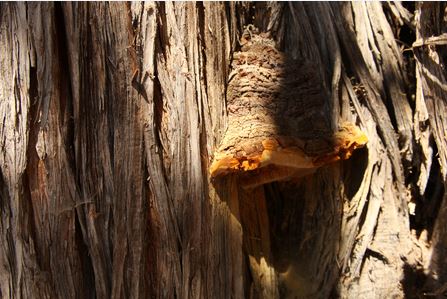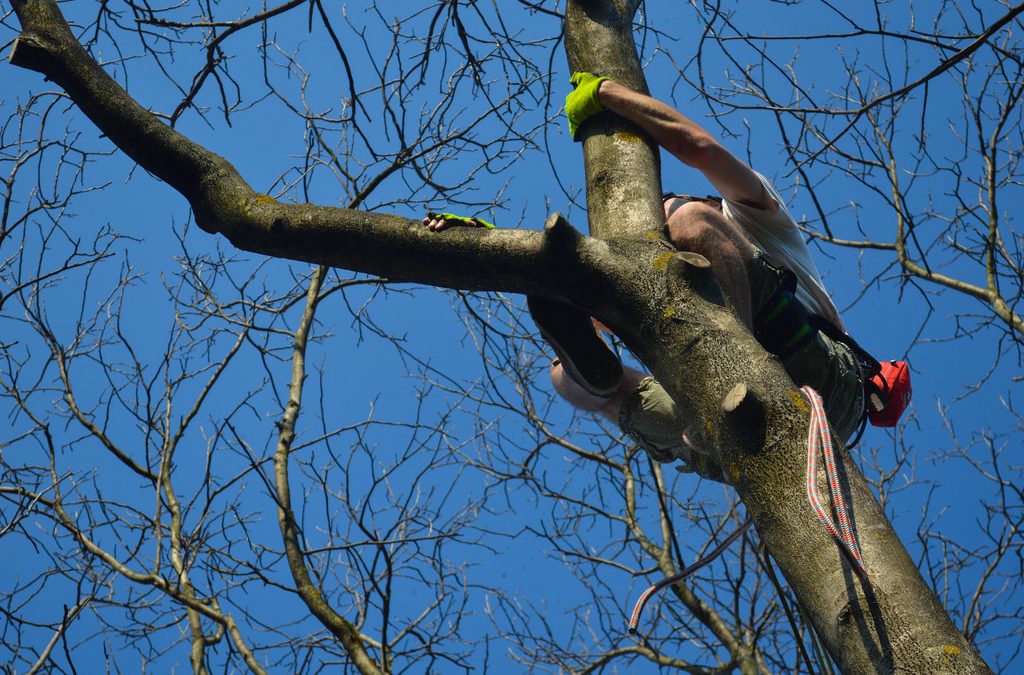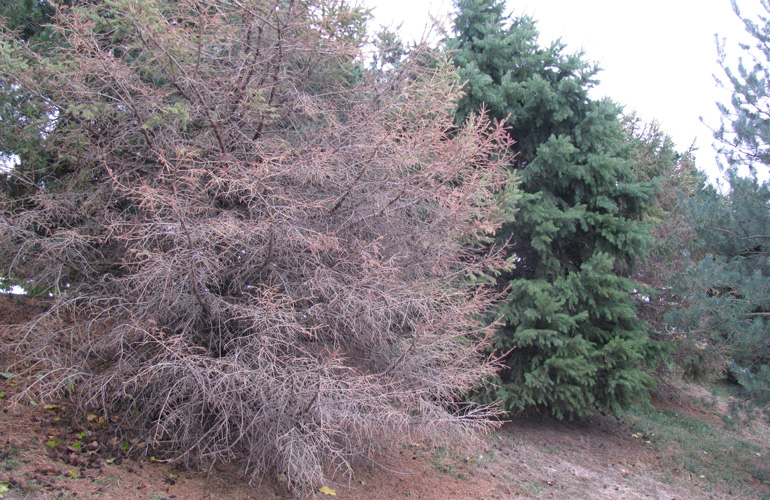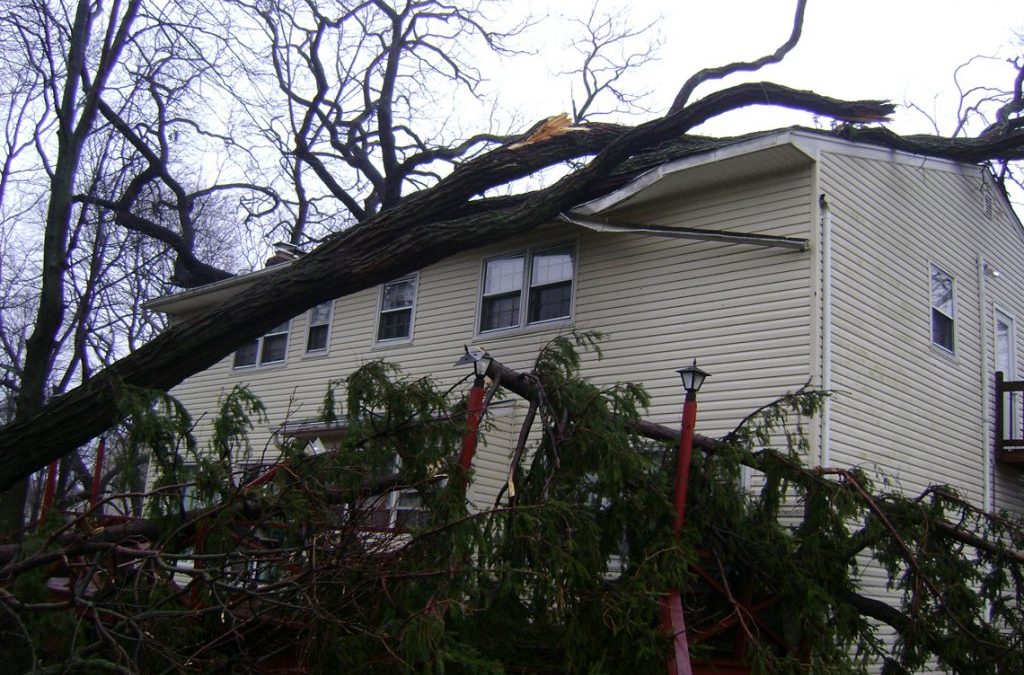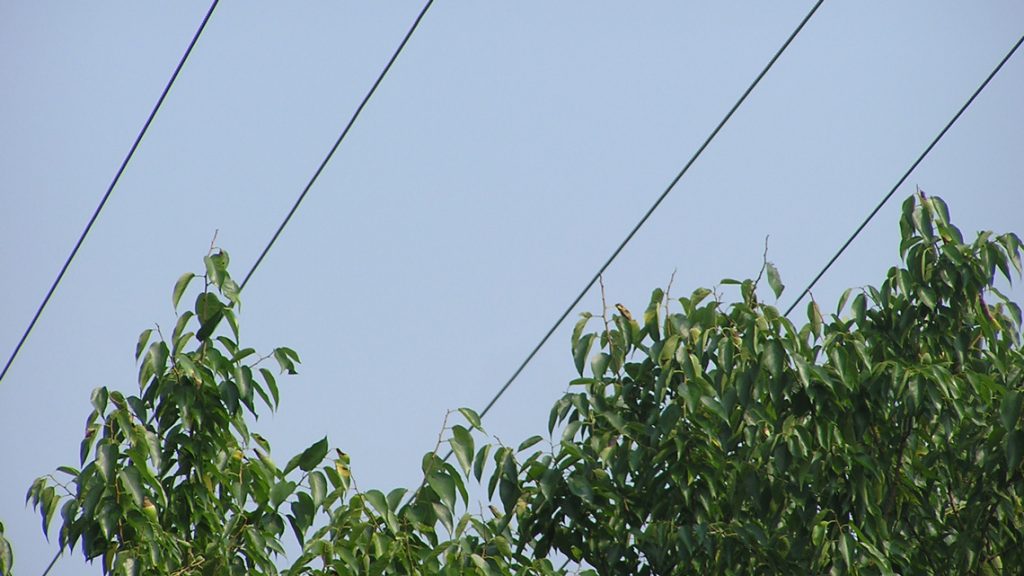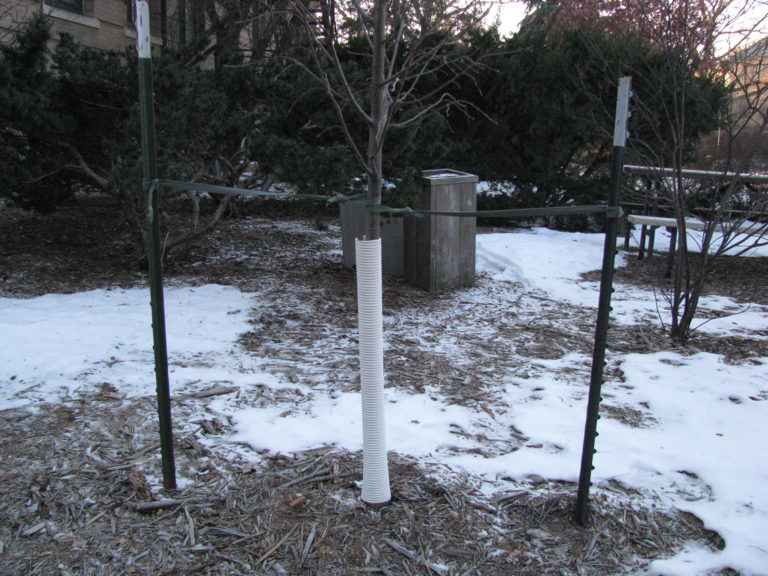As humans, we seem to struggle with things that we have no control over. Bullies at your kids’ school, the driver of the car in front of you on the highway and prices at the grocery store are everyday examples. The weather is another. The common sense approach to dealing with any of these circumstances is the same. First, it’s about acceptance. Take a deep breath, accept it, and then examine the options and management strategies going forward.
Recent rainfall patterns
Many regions throughout the U.S. have been in soil water deficit patterns the past few years. While this is not a surprise to tree care providers in those locations, arborists in other areas can benefit by being aware of the drought condition of the country as a whole. One of the best sources of this information is the National Drought Mitigation Center website, coordinated cooperatively by several agencies. As you peruse this site, be sure to click on the Drought Monitor icon to investigate current conditions; this helpful tool is updated on a regular basis throughout the year.
Trees on a slope suffer because runoff occurs before adequate infiltration takes place.
Photos courtesy of John Fech.
Droughty sites
Regardless of how wet or dry it has been in various locales, some landscape features and microclimates are simply better than others in terms of water efficiency.
- Slopes — In terms of dealing with drought, slopes are horrible. The main issue is that there’s no way to retain the water before it runs off. When rain occurs as a gradual light precipitation event, the effects are reduced, but they still occur. Clay soils add insult to injury in that they offer much reduced opportunity for infiltration at the top of the slope. Slopes that are hard to mow are good indicators where this will occur, but even gradual slopes will be subject to uneven infiltration if trees are growing in clay soils.
- Thin narrow strips in the landscape — Usually covered with concrete or another impervious surface, trees in these locations rarely gain the full effect of natural rainfall events. Considering that less than a quarter of the potential roots are below soil or a modified soil, it’s no wonder they often struggle. In a similar problematic way, flat expanses of asphalt and concrete materials that surround a tree and cover the roots are also frequently encountered in both residential and commercial sites. In addition to being restrictive for water percolation, the covering also cuts off oxygen exchange.
- Low-maintenance areas of the landscape — Various out-of-the-way locations, such as alleys, rural cemeteries, parks, golf course roughs, museums and school grounds, can be droughty sites for several reasons. Many of these areas contain buried debris, pea gravel, perched water tables and compacted soils, which limit infiltration and tree root expansion.
Separate turf from ornamentals
Turf and trees differ greatly in the amount of water they need, with trees requiring about one-third (on average) of what is necessary for turf. If placed together in the landscape, problems arise. Two main outcomes can occur if they are co-located.
When water is applied with the goal of keeping turf green and healthy, the result is that the rootzone stays moist to soggy for the benefit of the turf and the trees tend to be overwatered, with water filling the spaces between soil particles for long periods of time. Likewise, when water is applied to meet the needs of the trees, the turf may suffer.
A best management practice concerning trees and turf is that they should be separated in the landscape and cared for as separate masses of plant materials. Whenever possible, work with landscape designers and architects to encourage their division.
Young and old, deep and shallow
Efforts to keep the root systems of young trees moist (not soggy or dry) are more important than efforts aimed at older trees, at least in the short term. Younger trees have smaller root systems and have less capacity to recover from periodic droughts than older trees with extensive and expansive roots. As such, in terms of prioritization, if several weeks go by without a significant rainfall event, focus your initial efforts on providing supplemental irrigation for young or newly planted trees.
In order to determine the moisture content of trees (or turf for that matter), insert a deep probe into the root profile, pull it out carefully and slowly and feel the tip end. If it goes into the soil easily and a slight sloshing sound is made, then the soil is too wet. If the soil is dry and powdery, then it’s too dry. If it feels cool and moist, then, like Goldilocks with the Three Bears, it’s just right.
Whether trees are young or old, the goal is to deliver water to the bottom of the roots and keep them moist. It takes some experimentation at first to know how deeply various trees are rooted, but starting with the mindset that the majority of feeder roots are in the upper 24 to 30 inches of the soil profile is helpful in terms of overall rooting depth. When problems are encountered, excavation exercises can help you gain insights during the diagnosis.
Methods
There’s more than one way to bake a cake, and the same can be said for watering a tree in a drought.
Slow trickle – Probably my favorite. With a drip irrigation system, soaker hose or a hose laid on the ground, the slow and gradual emitting of water limits evaporation and facilitation of infiltration, which is beneficial for clay or compacted soils.
Water bladders – Especially good for young trees, placing 15 to 20 gallons of water near the base of the tree to be absorbed slowly can be quite effective. These work well, however, the need to refill these can be a limiting factor to their success.
Delayed starts – On slopes and in narrow strips, adjusting a time clock controller to run a particular zone for a short time (10 minutes or so), then stopping to allow the applied water to percolate downward, and then start again after a couple of hours to finish the job is a good way to overcome the natural tendency for water to run off before it infiltrates.
Overhead – From an efficiency and uniformity standpoint, overhead irrigation is generally not considered a good method. However, it’s easy to see where the water is going, and easy to measure how much is being received. Overhead irrigation replicates Mother Nature to some degree as well.
Water lance – Attached to a water tank or spigot, a slender pipe with a hole in the end can be effective because it limits evaporation; however, it can create excessive water channels or chasms underground. In addition, there’s the potential to push valuable water past the rootzone. When using a water lance, push it into the soil about 6 to 12 inches deep and use low water pressure.
When tree roots are covered with concrete, gaining the full effect of natural rainfall is limited. Photo: John Fech
Mulch for retention
After a rainfall, it’s desirable to hold on to the water and not let it evaporate. Proper mulch installation begins about 3 inches away from the trunk and extends to the drip line of the tree (or as far away as your client will allow). Obviously, several options exist, but the best advice on depth, type and placement comes from Mother Nature. She uses natural mulch, not rock or rubber; she allows it to accumulate to about 3 inches in depth before decomposing and recycling nutrients back to the roots; and she uses a variety of materials including bark, leaves, fruits, flowers and stems. As you communicate with your customers about mulch product options, point out a few well-mulched landscapes, either naturally placed or replicated by an arborist.

